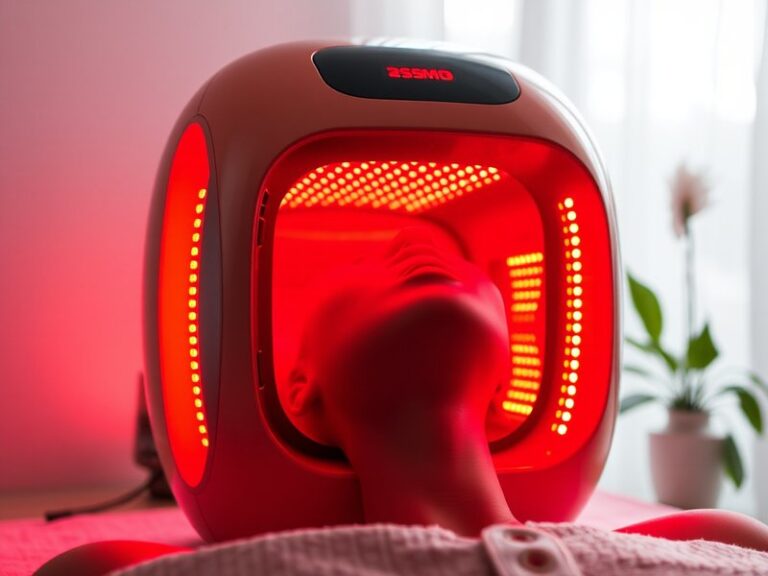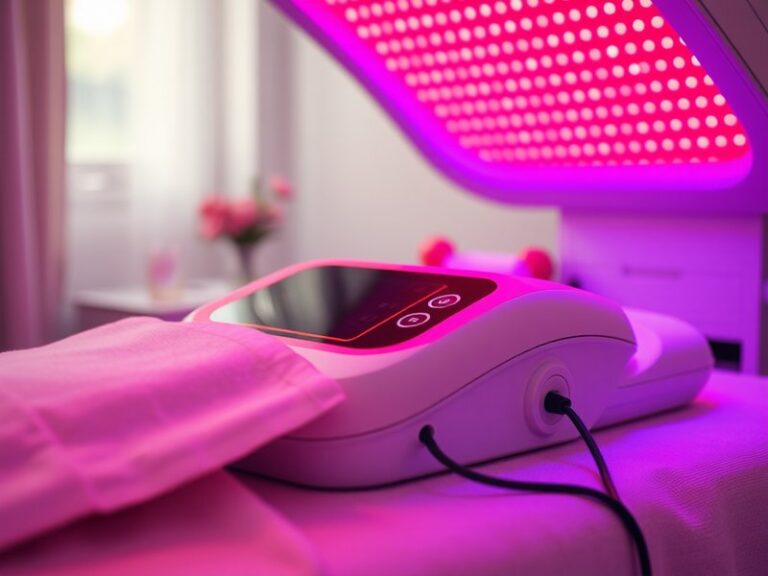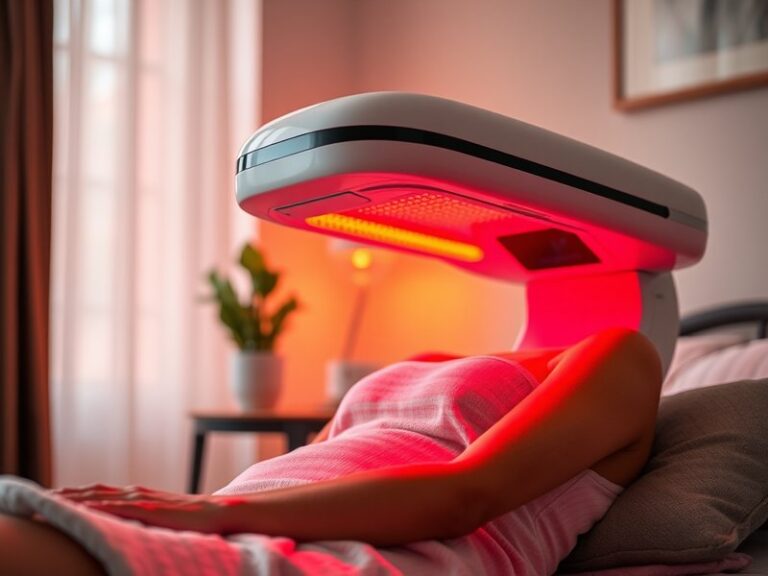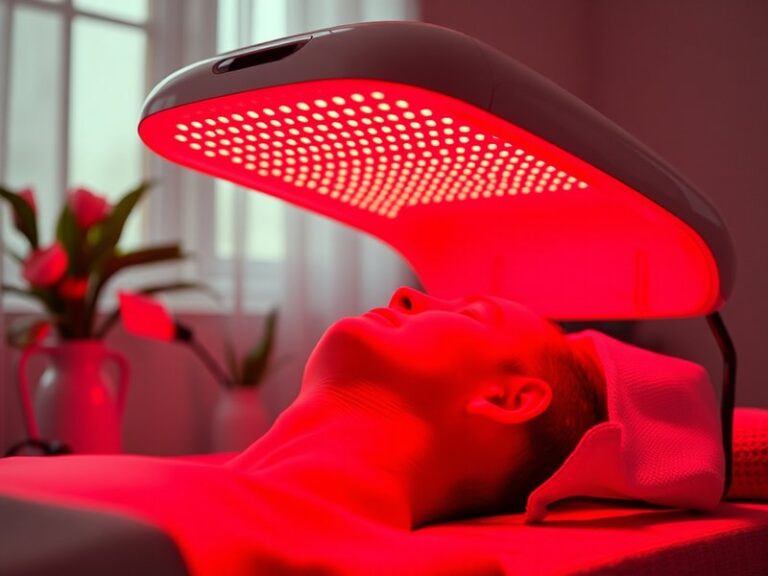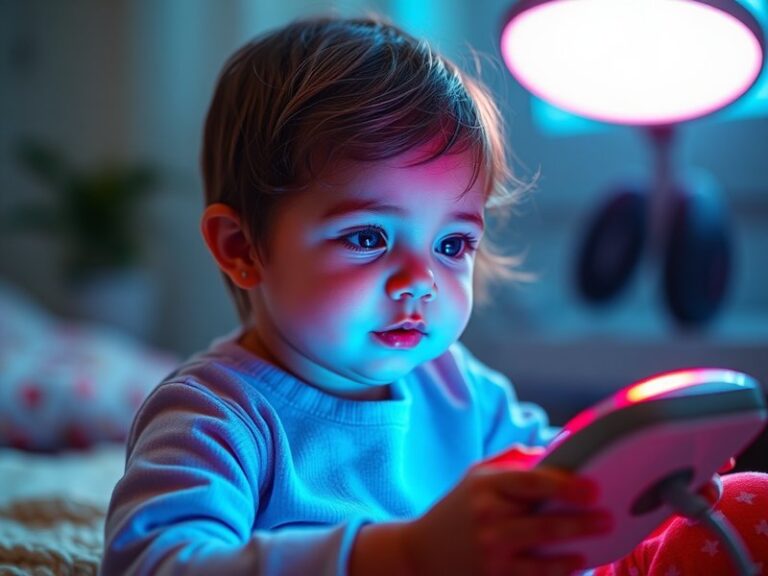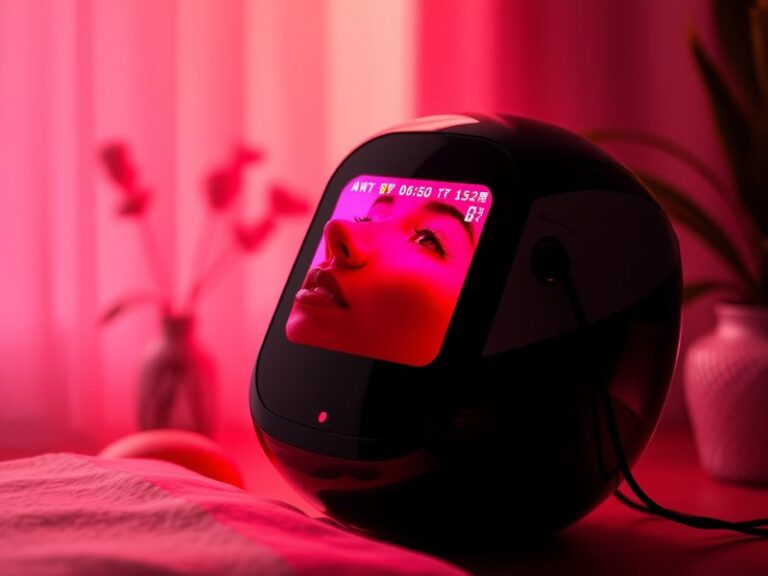Can Leds Be Used For Red Light Therapy?
Can LEDs Be Used For Red Light Therapy?
Have you ever wondered if the LED lights in your home could also serve as a therapeutic tool?
This article explores the intriguing intersection of LED technology and red light therapy (RLT). We’ll delve into what RLT is, the benefits of using LEDs for this purpose, their feasibility, considerations to be aware of, alternatives, and more.
Key Takeaways
- LEDs can be an effective tool for red light therapy, providing various health benefits without harmful side effects.
- Red light therapy with LEDs can aid in skin rejuvenation, pain relief, and enhanced healing processes.
- Before using LEDs for RLT, one must consider device quality, wavelength, and safety precautions.
What is Red Light Therapy?
Red light therapy is a non-invasive treatment that uses specific wavelengths of light to stimulate cellular function. Commonly employed in dermatology and physical therapy, RLT can penetrate the skin and promote healing, reduce inflammation, and enhance overall wellness.
Studies show that red light, usually in the wavelength range of 600 to 650 nanometers, is particularly effective for various health benefits. RLT can be applied, not just in clinical settings, but also at home using specially designed devices.
How Does Red Light Therapy Work?
RLT works by stimulating the mitochondria within cells, leading to increased ATP production—the energy currency of cells. This boost in energy can enhance cellular repair and regeneration, aiding various physiological processes.
What are the Benefits of Using LEDs for Red Light Therapy?
Using LEDs for red light therapy offers a range of advantages. The following points explore some of the most notable benefits.
Improved Skin Health
Many studies have shown that using LEDs in RLT can improve skin texture, reduce wrinkles, and promote collagen production. Devices equipped with LEDs can be a valuable skin rejuvenation tool.
Pain Relief
LED-based RLT has been documented to alleviate pain associated with conditions such as arthritis, tendonitis, and muscle strains. The light penetrates tissues, promoting circulation and reducing inflammation.
Faster Wound Healing
LED therapy can expedite the healing process for wounds and injuries. Many patients have reported improvements in recovery time and reduced scarring when using LED light treatments.
Enhanced Mood and Energy Levels
Some users find that exposure to red light can improve mood and increase overall energy levels, as it may positively influence cellular activity and hormonal balance.
Is it Possible to Use LEDs for Red Light Therapy?
Absolutely, LEDs can be used for red light therapy. However, it’s essential to understand the nuances associated with using this technology effectively.
What are the Advantages of Using LEDs for RLT?
LEDs offer several benefits when considered for red light therapy applications.
Energy Efficiency
LEDs consume less energy compared to traditional light sources, making them a cost-effective and environmentally friendly choice.
Safety
Unlike some other forms of light therapy, LEDs do not emit harmful UV rays, making them safer for regular use on the skin.
Portability and Versatility
LED devices for RLT range from handheld models to larger panels, offering flexibility in treatment options and convenience for home use.
What are the Disadvantages of Using LEDs for RLT?
While LEDs can be effective, there are some limitations to consider.
Quality Variation
Not all LED devices are created equal. The efficacy of treatment greatly depends on the quality of the LEDs used, including their wavelength and intensity.
Longer Treatment Times
Compared to certain professional-grade devices, home LED treatments may require longer exposure times to achieve desired results.
Limited Depth of Penetration
LEDs may not penetrate deeper tissues as effectively as other light sources, which could limit their usefulness for some conditions.
What are the Things to Consider Before Using LEDs for Red Light Therapy?
Before starting LED-based red light therapy, it’s crucial to consider several factors to ensure safe and effective treatment.
Device Quality
Prioritize devices that specify the wavelength range (between 600-650 nm is ideal for skin therapy) and have good reviews.
Treatment Duration and Frequency
Understanding the recommended treatment times and frequency of use is essential for maximizing benefits without overexposure.
Check out our deep dive Daily Red Light Therapy Safety?
Skin Sensitivity
If you have sensitive skin or certain medical conditions, consult with a healthcare professional to determine if RLT is suitable for you.
Individual Goals
Define your objectives for using red light therapy—whether for skin issues, pain relief, or overall wellness—so you can choose the best device and protocols.
What are the Alternatives to Using LEDs for Red Light Therapy?
If you’re exploring options beyond LEDs for red light therapy, several alternatives can provide similar benefits.
Laser Therapy
Low-level laser therapy (LLLT) delivers concentrated energy but often comes with higher costs and should be applied by professionals.
Infrared Saunas
Infrared saunas utilize longer wavelengths of light and can provide overall relaxation and detoxification benefits alongside skin and pain relief.
Sunlight Exposure
Natural sunlight is another source of red light, but it carries the risk of UV exposure, necessitating careful management.
Find all the details in Can Red Light Therapy Be Done At Home?
Conclusion: Is it Recommended to Use LEDs for Red Light Therapy?
Overall, using LEDs for red light therapy can be beneficial for various health goals, including skin rejuvenation and pain relief. It provides an accessible, energy-efficient, and safe option for at-home treatment.
By considering device quality, treatment protocols, and individual health needs, individuals can effectively integrate LEDs into their wellness routines.
Frequently Asked Questions
Are all LEDs suitable for red light therapy?
Not all LEDs are suitable; it’s important to choose devices specifically designed for RLT with appropriate wavelengths.
How long should I use LED lights for therapy?
Most recommendations suggest sessions of 10-30 minutes, several times a week, but always refer to the device guidelines.
Can I use LED therapy if I have a medical condition?
It’s advisable to consult with a healthcare professional before starting RLT, especially if you have any underlying medical conditions.
Are there any side effects associated with LED therapy?
LED therapy is generally safe with minimal side effects, though some individuals may experience temporary skin sensitivity.
Can I combine LED therapy with other treatments?
Yes, integrating LED therapy with other treatments, such as skincare routines or physical therapy, can often enhance overall results.

